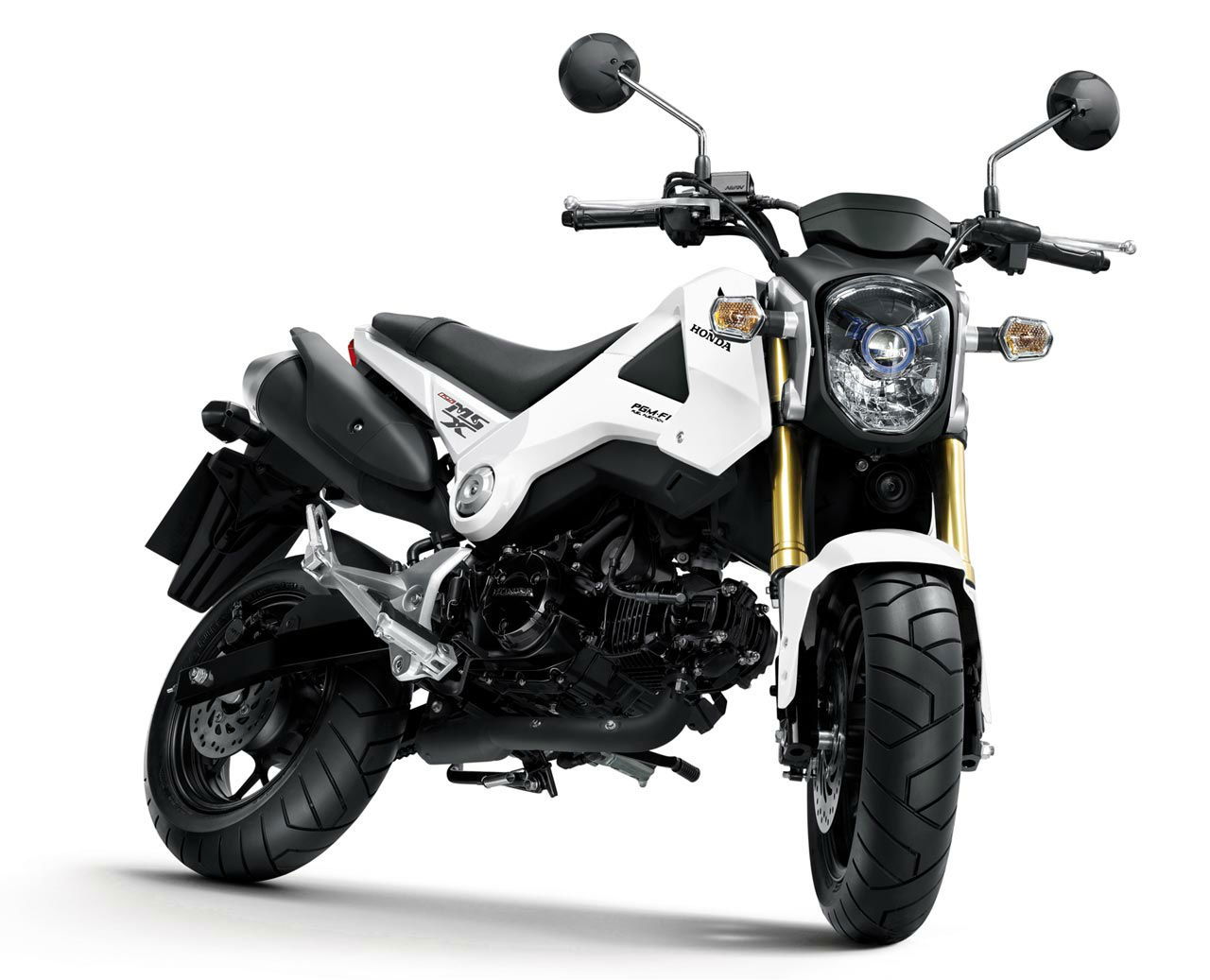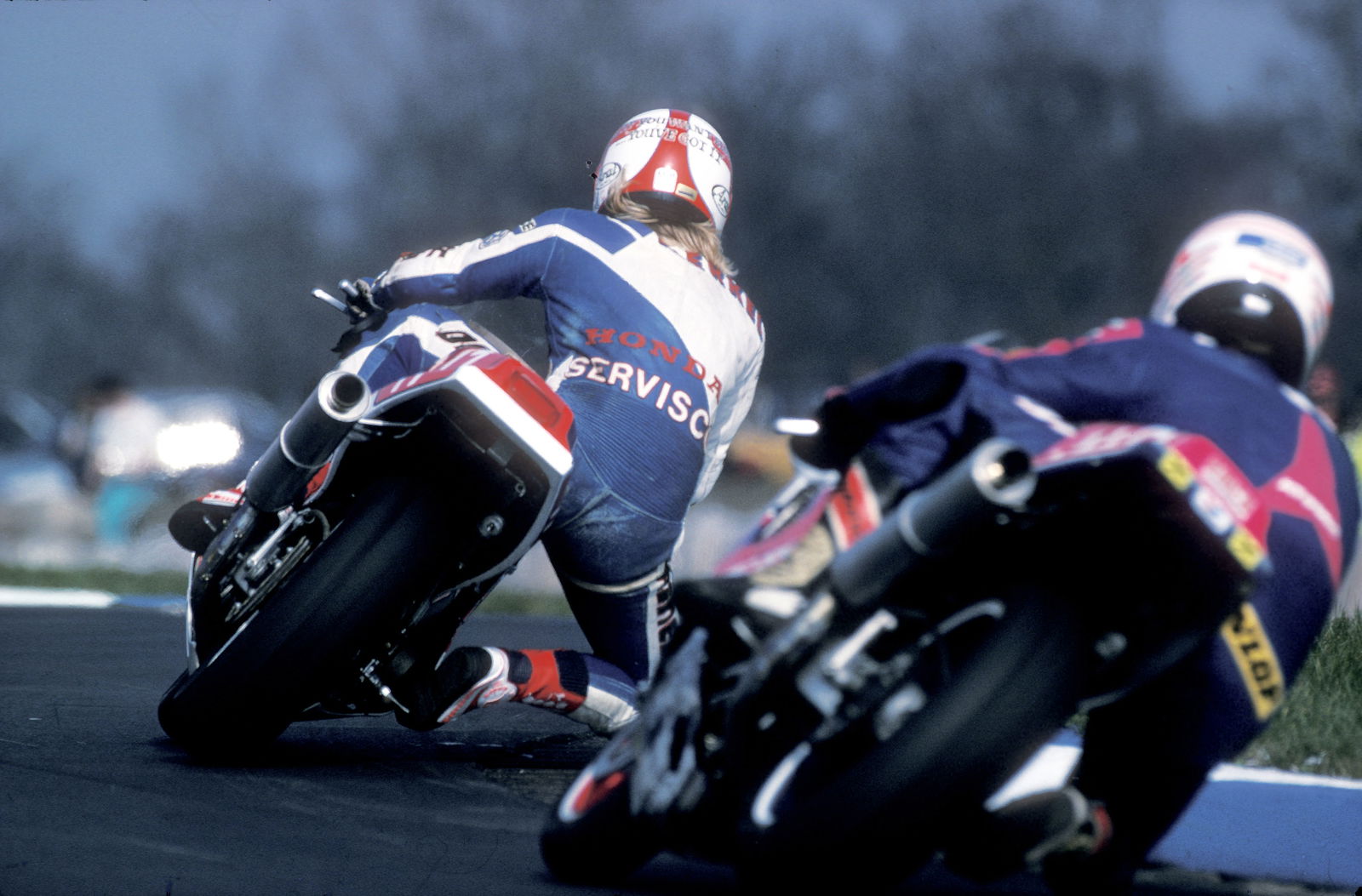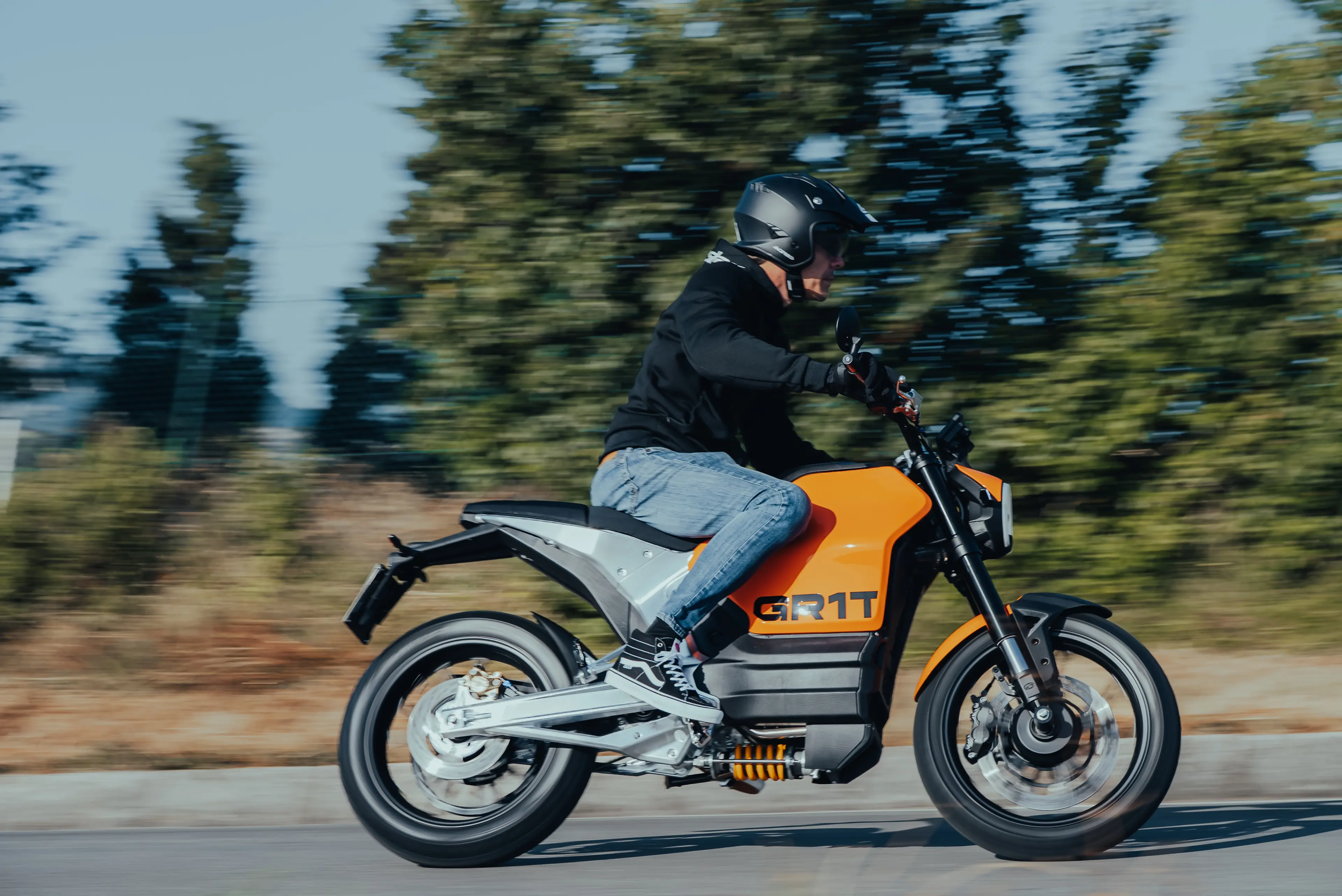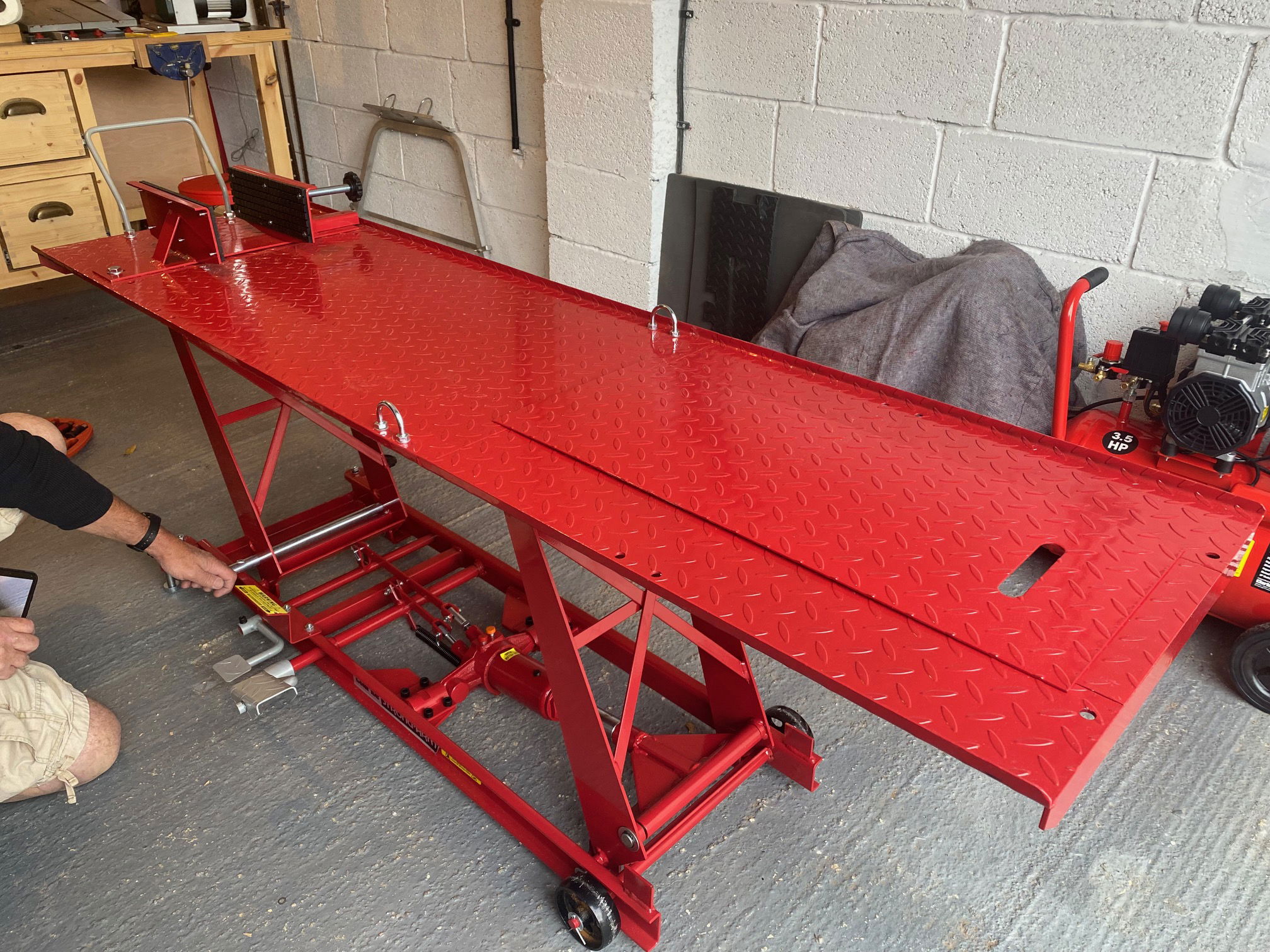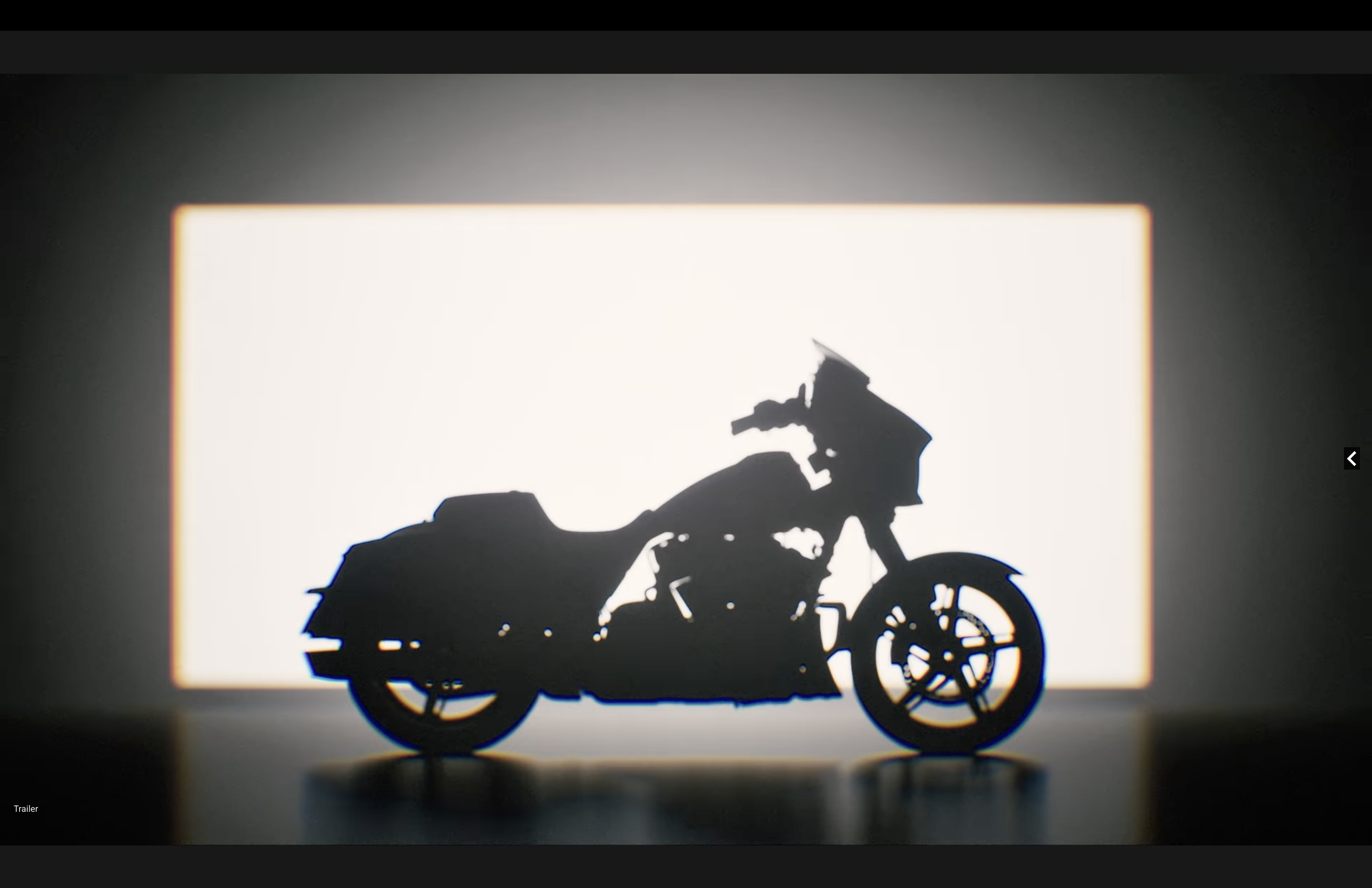Ten things that put the Honda NR750 way ahead of its time
Surely the weirdest, wildest production motorcycle ever from a major manufacturer

AUTUMN 2017 saw manufacturers taking bold new directions with the unveiling of motorcycles like Kawasaki’s supercharged Ninja H2 SX and Ducati’s Panigale V4.
But has there ever been a more ground-breaking production bike than Honda’s NR750?
Back in 1992, when the NR750 was unveiled, motorcycles were still incredibly crude compared to the those of today. Even range-topping superbikes used carburettors rather than fuel injection. Carbon fibre was still something that only racers tended to see and the idea of an aluminium frame was still new and exciting, restricted to the upper echelon of bikes.
The NR750 may never have sold well, and is often decried for having performance no better than superbikes a fraction of its price, but it broke down barriers and opened our eyes to what we could have on more attainable bikes in the future.
Basically, we wouldn’t have the likes of the Ninja H2 SX and Panigale V4 without it.
Here are its top 10 boundary-breaking ideas:

10: Fox-eye headlights
For most of the history of the motorcycle it was a simple choice: round headlights (one or two) or rectangular ones? And while the NR750 wasn’t quite the first to depart from that norm – the existing VFR750 was already edging in its direction – it debuted the idea of fox-eye or cat’s-eye headlights. A combination of changing legislation – for years sealed-beam circular or rectangular lights, available off-the-shelf at any garage, were mandatory in America, but that had changed in the 1980s – and improving technology allowed innovative and slimmer shapes to be applied to lights. The NR showed what could be done, and in 1994 later Ducati’s 916 and Cagiva’s Mito brought similar lights to the masses. Fun fact: the NR750’s headlight is actually a single, slim, rectangular unit – only the twin cut-outs in the fairing give it the two-eyed look that’s so famous.
The NR750 again wasn’t the first bike to have a single-sided swingarm. The RC30 had debuted a similar design five years earlier in 1987, and back in 1980 BMW’s R80G/S also had a single-sider, albeit a shaft-drive one. But where the RC30’s chain-driven single-sider was there for an engineering reason – it allowed quicker wheel-changes in endurance races – the NR750 made the single-sider a must-have styling cue. Again, the Ducati 916 took the idea to a much wider audience shortly afterwards.
Some will suggest that the NR750 was the first bike with under-seat pipes, but that’s doing a disservice to a host of two-stroke sports bikes that had already used the idea. The much earlier RD and RG500 both used under-seat exhausts for two of their four cylinders, for example. But the NR750 might have been the first four-stroke superbike to take on the idea, and there’s a widely-repeated story that Massimo Tamburini – who was already putting the finishing touches on the Ducati 916 when the NR appeared – reworked the tail of his design to incorporate a similar under-seat exhaust. Presumably if Honda hadn’t made the NR750, the Ducati 916’s back end would have looked even more similar to the Cagiva Mito’s, complete with a side-mounted pipe.
The NR750’s shimmering, colour-shifting windscreen is one of its stand-out elements and something that never really caught on elsewhere. It was similar to the mirrored helmet visors that were so popular back in the 90s, but obviously far more expensive. According to the only price list we can find, the screen is currently unavailable but would cost €1,572 if there were any still in stock.
One reason for that weird screen was the NR750’s digital speedo, which sat in a strip above the conventional, mechanical gauges for revs, oil and water temperature and oil pressure. Back in 1992 digital instruments were still almost unknown on bikes (the earliest we can think of was the tiny digital gear-readout on the Suzuki RE5, but if you know an earlier one, let us know.) But the NR’s digital speedo was odd as it gave the impression the numbers were floating in space. The tinted screen helped cast a shadow over the speedo so it wouldn’t become illegible in daylight.
These days, carbon fibre is increasingly becoming a mass-made commodity and we’re even starting to see bikes with full carbon frames like the BMW HP4 race and Ducati 1299 Superleggera. But back in 1992 it was still something that was rarely seen away from racing bikes. Even the carbon-fibre bolt-on bits, end cans and appliques that become the scourge of 1990s modifications hadn’t really started that early in the decade. So the NR750’s handmade bodywork was one of its biggest talking points. It’s not actually entirely carbon fibre, but it does use the material in key areas. Just don’t crash one today. The one-piece tank cover and seat unit costs €6,839 now.
Of course the NR750’s biggest talking point was its engine, specifically the fact that the V4’s pistons weren’t round but oval. It was actually an idea that Honda had been pursuing since the late 1970s, when it started work on the NR500 GP bike. Soichiro’s firm wanted to prove that a four-stroke could be competitive against two-strokes in GP racing. The rules didn’t permit the V8 that the firm really wanted to build, so it made an oval-pistoned V4 instead, struggling endlessly with getting the piston rings to seal and be reliable.
While the rules forbade the original GP bike project from having eight cylinders, they didn’t restrict the number of con-rods that it used. So underneath those weird, oval pistons the engine was designed like a V8, complete with two rods for each piston. They were needed, too, to prevent the elongated pistons from trying to rock inside the cylinders.
Another corollary of the odd piston shape was the V8-style cylinder heads on the NR750’s engine. Each cylinder had eight valves – four intake and four exhaust – giving the V4 a total of 32 valves. Each was adjusted with shims, so you can imagine how tough and time consuming that job is. Of course, there were two spark plugs for each cylinder as well. The idea was to get the engine to rev insanely high, like a tiny 750cc V8 would, and to convert those crazy revs into power. On the road-going NR750, though, peak revs were restricted to ‘just’ 15,000rpm. The NR500 GP bike that spawned the idea could spin up to 21,000rpm – it had to make up for the fact that, as a four-stroke, it needed to rev twice as high as a two-stroke to make comparable power. Oh, and in case you were wondering, an NR750 cylinder head would set you back around €11,000 today, if you can find one. Of course, each NR750 has two of them…
Back when it was new, the NR750 cost £38,000 in the UK. Accounting for inflation, that price would be £72,000 now – around the same as a Ducati 1299 Superleggera or a BMW HP4 Race. In 1992 it was considered a completely insane amount of money for a motorcycle, and as a result Honda struggled to shift them. A similar amount would have put you into a Jaguar XJS Convertible or a Porsche 968 Cabriolet. But by hammering at that motorcycle price ceiling, the NR750 opened the door to far more expensive bikes. Where Honda struggled to sell a couple of hundred NRs around the world, last year the 1299 Superleggera sold out its run of 500 bikes almost instantly… Today you can pick up an NR750, with minimal miles (you’ll never find a high-mileage one) for around £60,000. That actually seems like a bargain.
